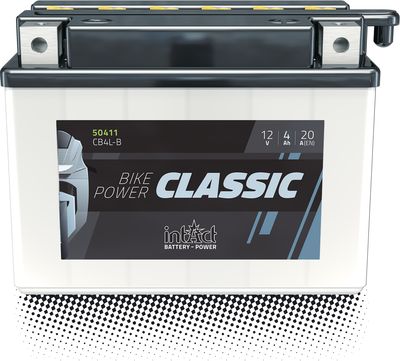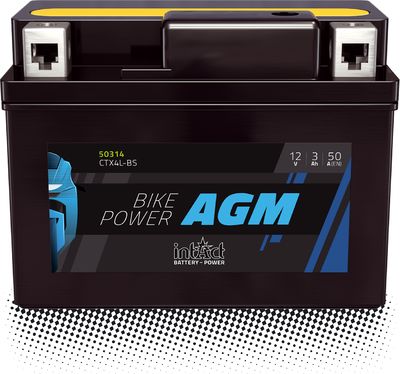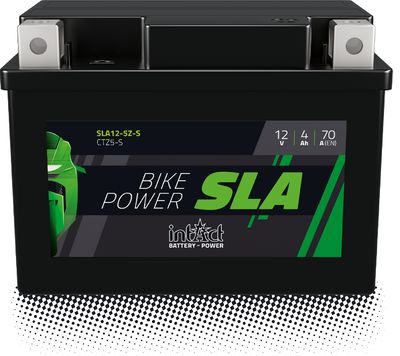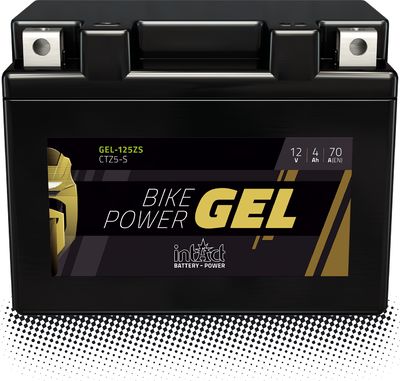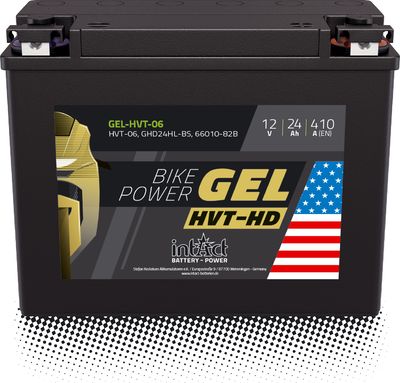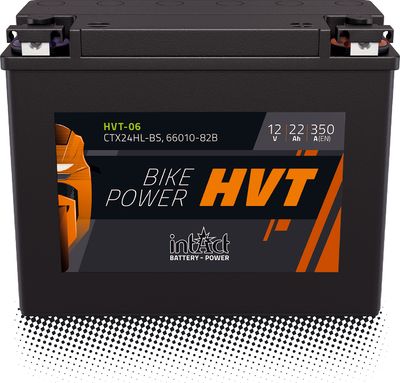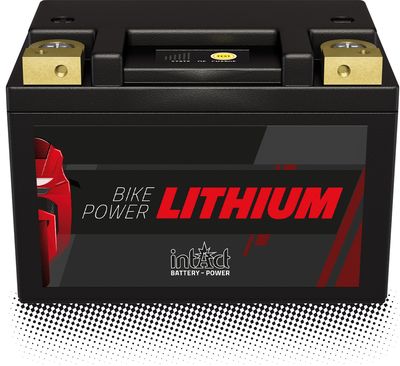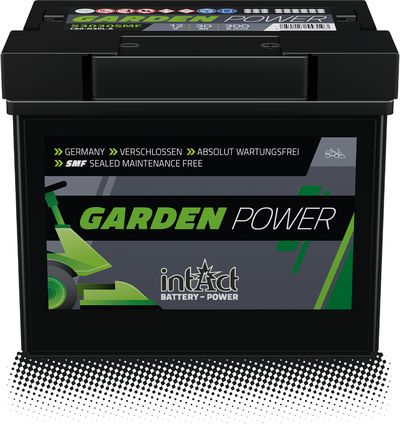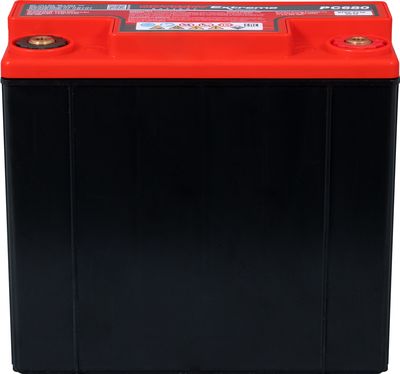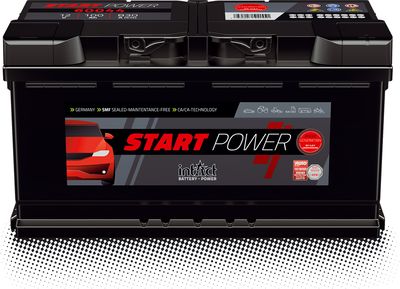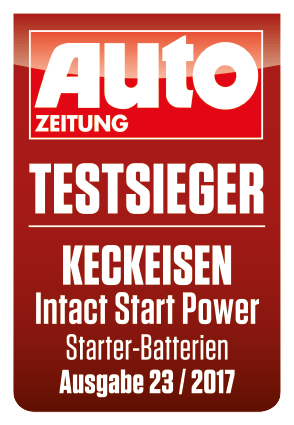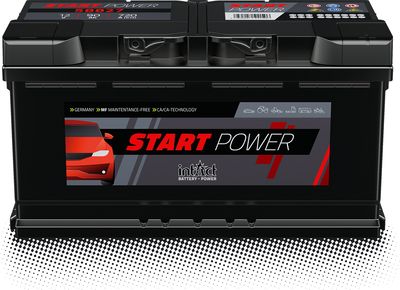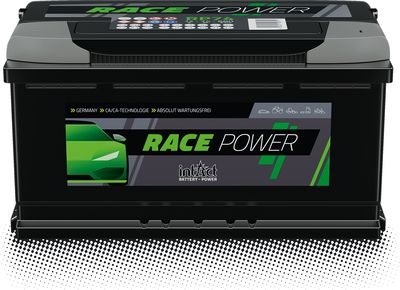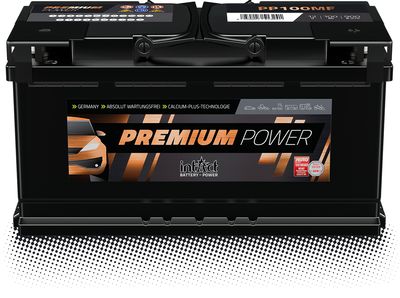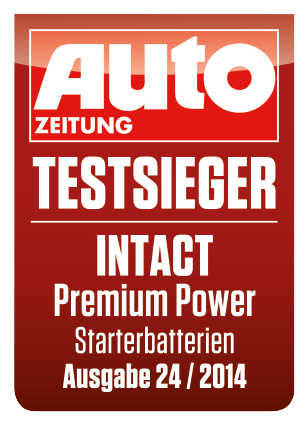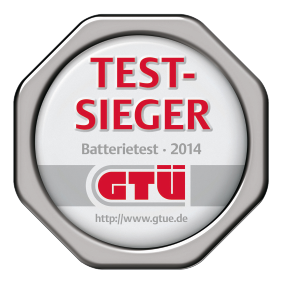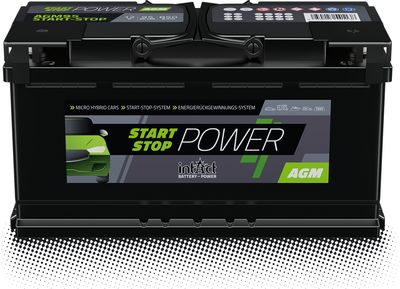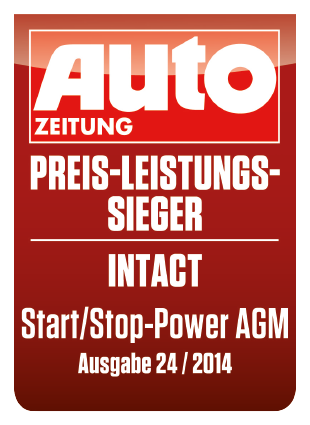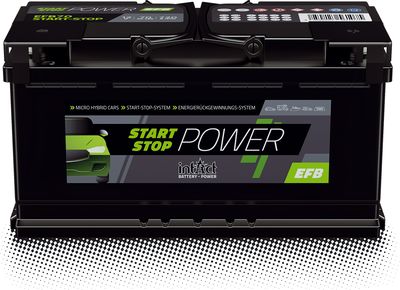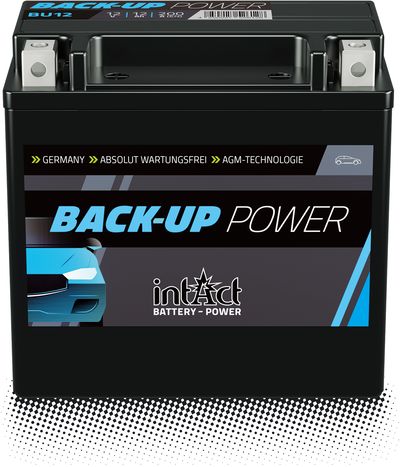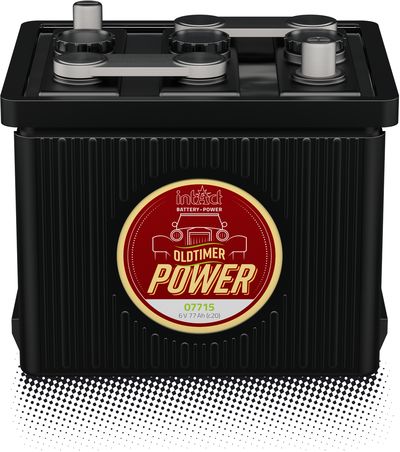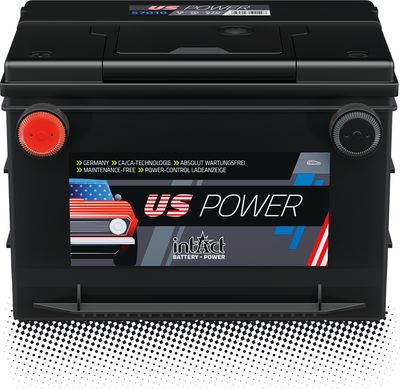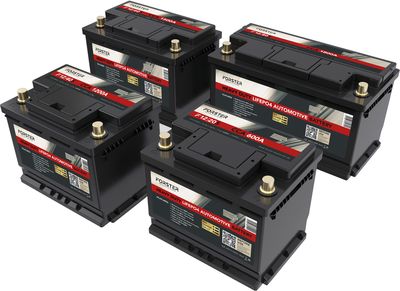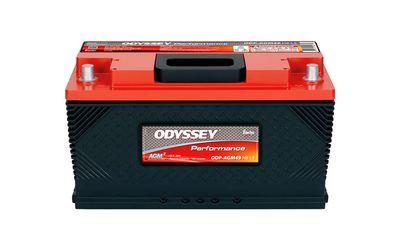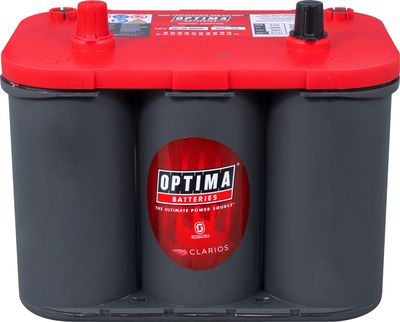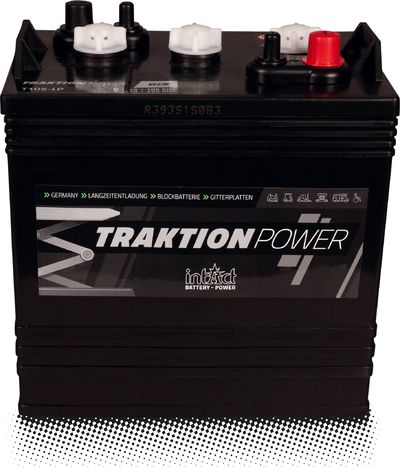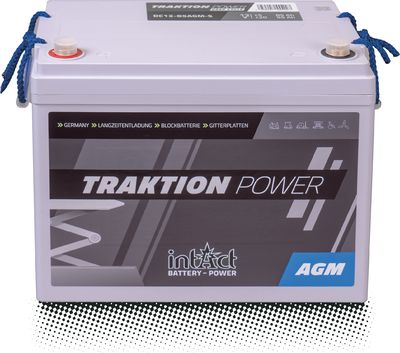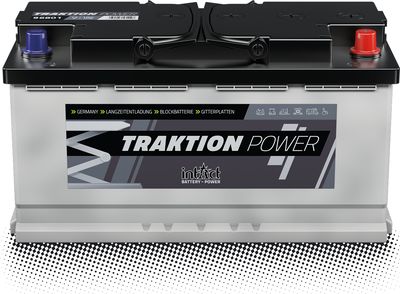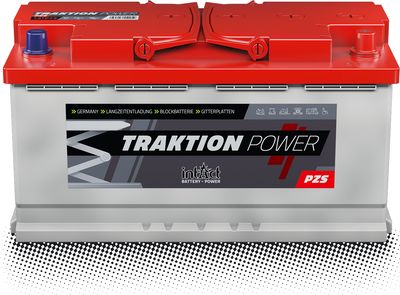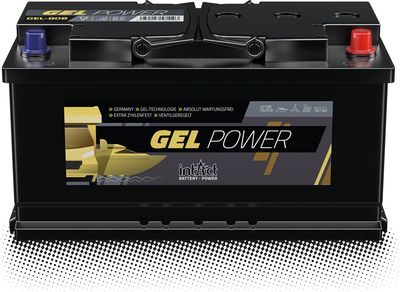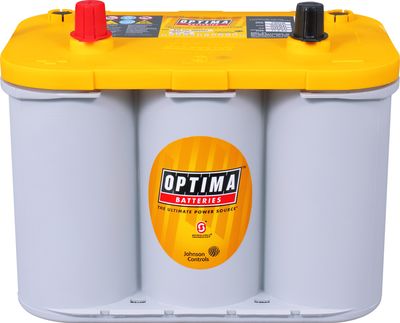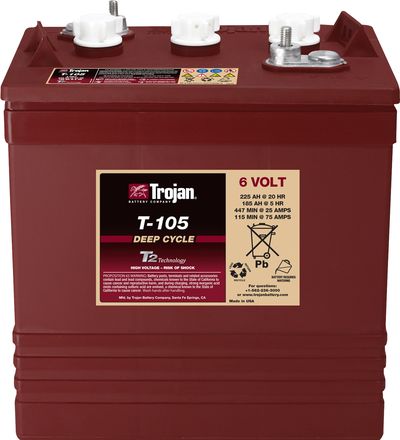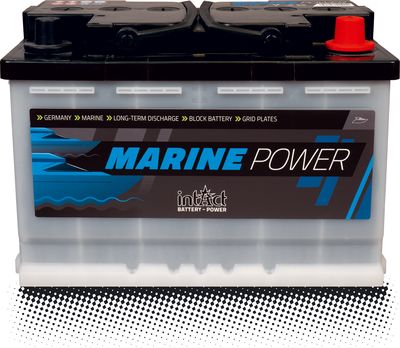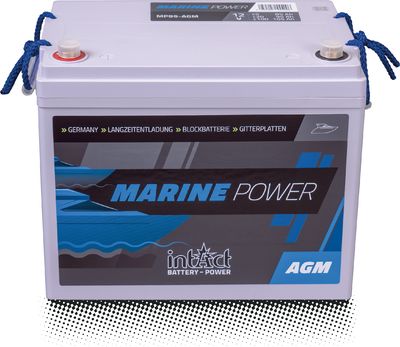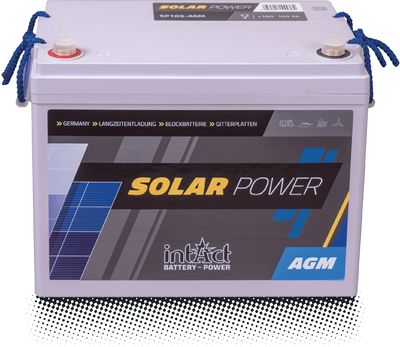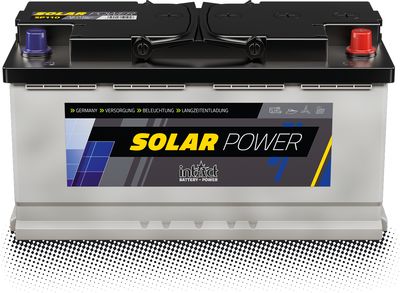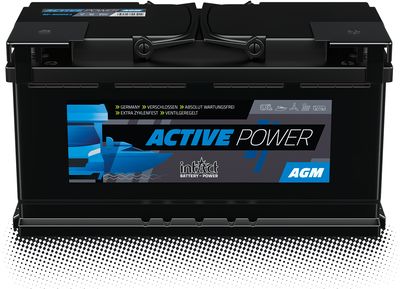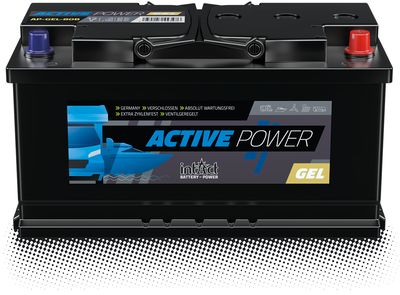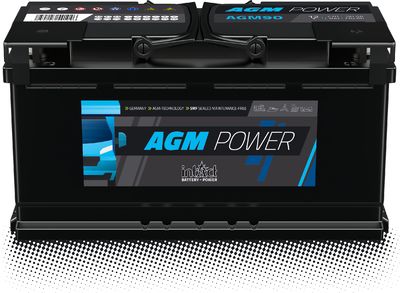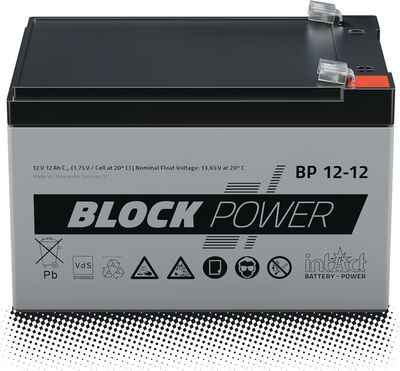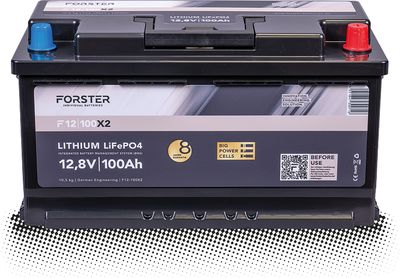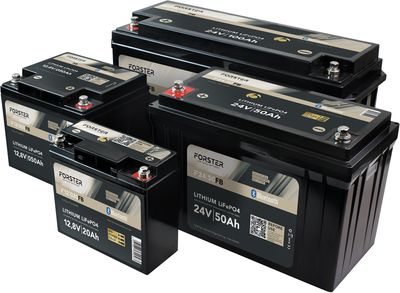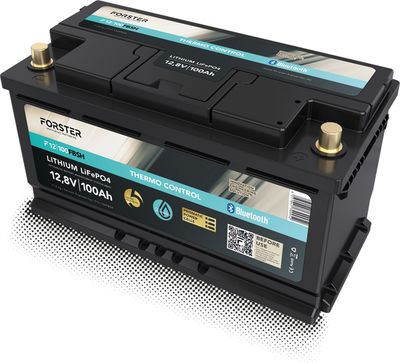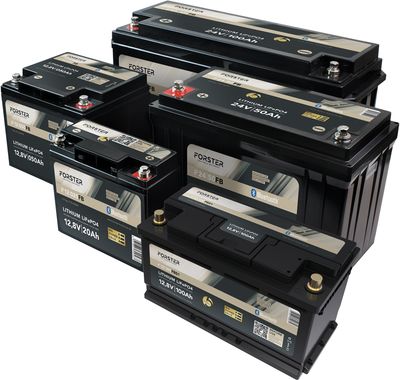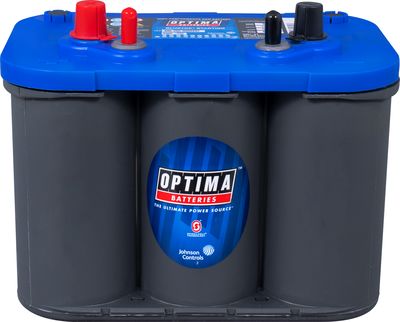Care should be taken when handling batteries
Chemical processes take place in batteries. They are influenced by external circumstances such as temperature or humidity. That is why it is worth taking care. During use, storage, installation and transport. For your own protection and for the protection …
Removing the starter battery or motorcycle battery
If you want to remove a start-stop battery: inform the vehicle system before removal.
First disconnect the negative cable (usually black), also called ground or earth, from the negative terminal of the battery.
Then remove the positive cable (usually red) from the positive terminal of the battery.
What do discoloured plugs mean?
A brown-reddish discoloration of the plugs indicates an overcharging of the battery and a fault in the charging system.
Tip: Your workshop can check whether your charge controller is working properly.
Tip: Check the function and characteristics of your …
The difference between low maintenance, maintenance free and absolutely maintenance free.
Low-maintenance, flooded lead-acid batteries lose fluid during normal use. They must be maintained, i.e. the fluid level should be checked regularly and the fluid loss compensated with distilled water if necessary. These batteries usually have vent caps …
Utility batteries, which can be used as temporary storage for photovoltaic (PV) or small wind systems, are highly cycle resistant, meaning they can withstand different charging cycles well. In the renewable energy sector, charging cannot be done with …
Safety instructions for handling acid
Battery acid consists partly of sulphuric acid, which is highly corrosive. It attacks your skin, textiles and even metal.
Put on protective clothing! So always wear gloves, safety glasses and possibly an acid-proof apron when handling batteries.
Choose …
Charging correctly step by step
Tip: For full performance: Charge before first installation!
1. preparation
Check that your charger matches the battery.
Does the charger support the correct charging voltage?
Does the charging current provided match the battery?
What charging curve …
How does a melted pole occur?
A melted pole is caused by a short circuit when the battery polarity is reversed during bridging or when the poles are connected by a tool or other object.
Tip: Take care when handling batteries.
Learn more about short circuit and how to avoid it.
Filling a dry pre-charged battery
Dry pre-charged batteries must be filled with battery acid and charged before installation.
A coherent equation: A lot out, a lot in.
Every battery loses power over time.
If it is loaded normally and is always fully charged, the capacity is slowly reduced.
If it is often overloaded and insufficiently charged, the capacity is reduced much more quickly, i.e. the battery ages much faster.
Ideally, …
